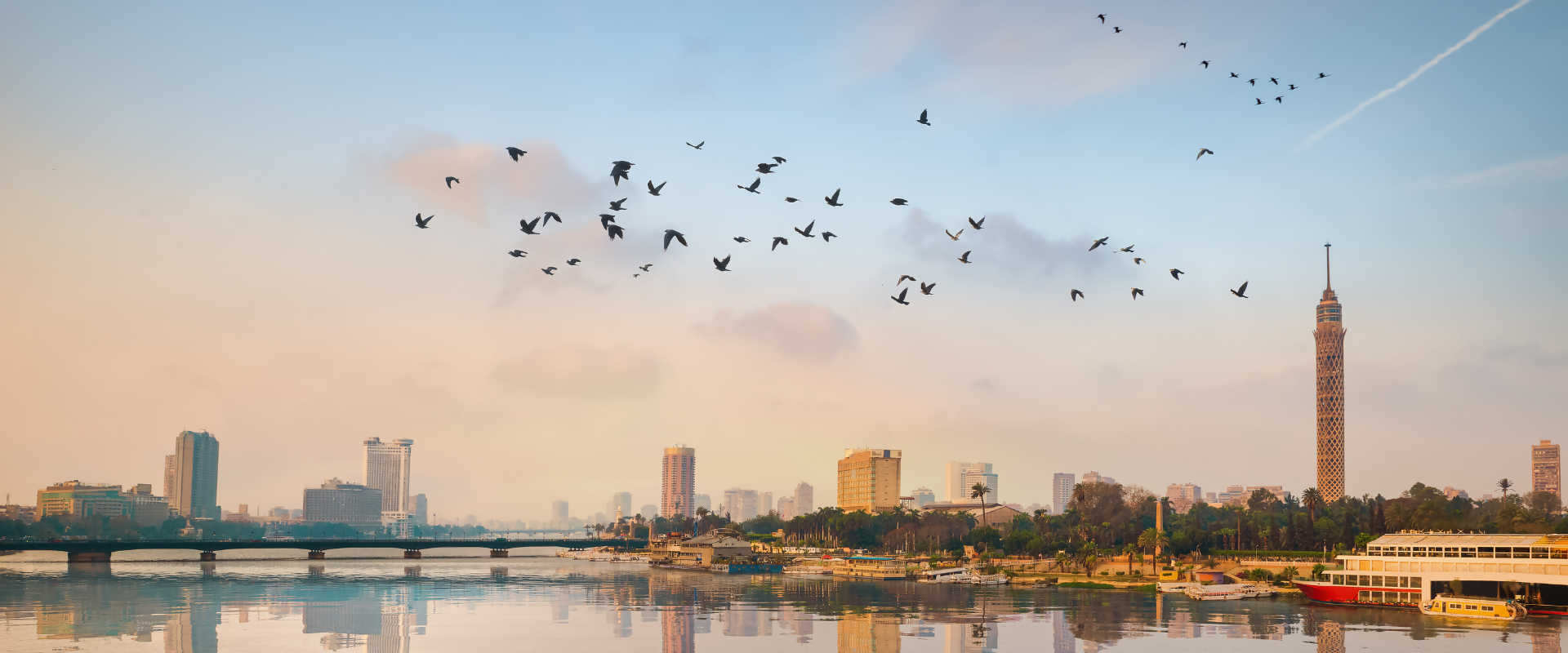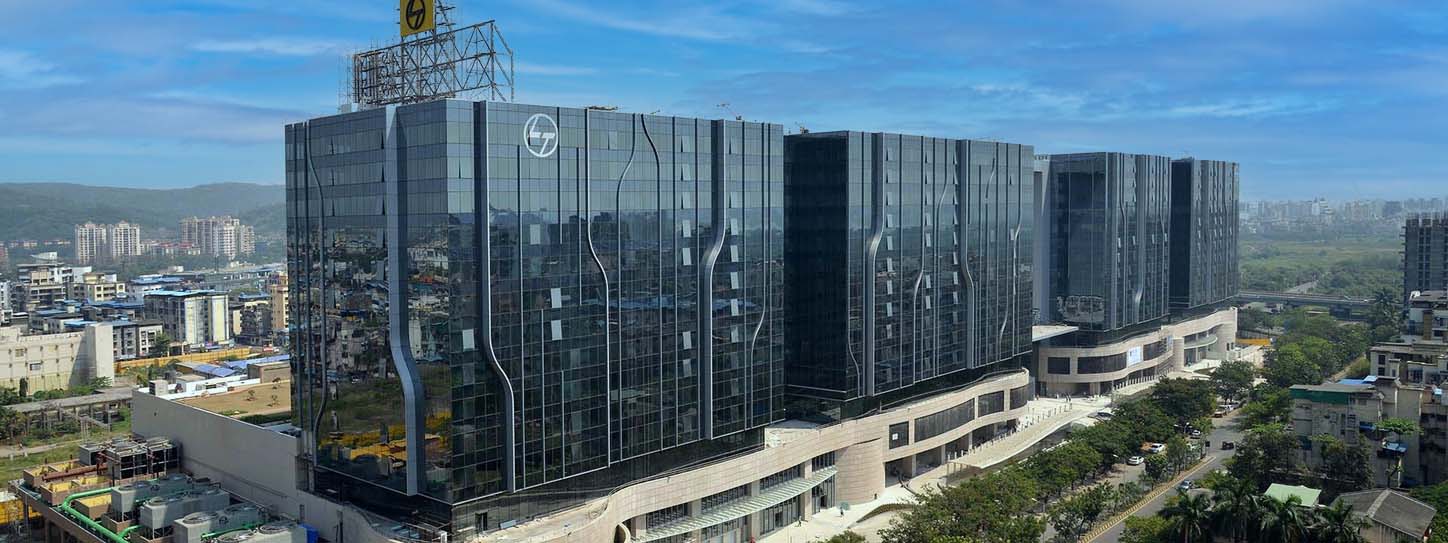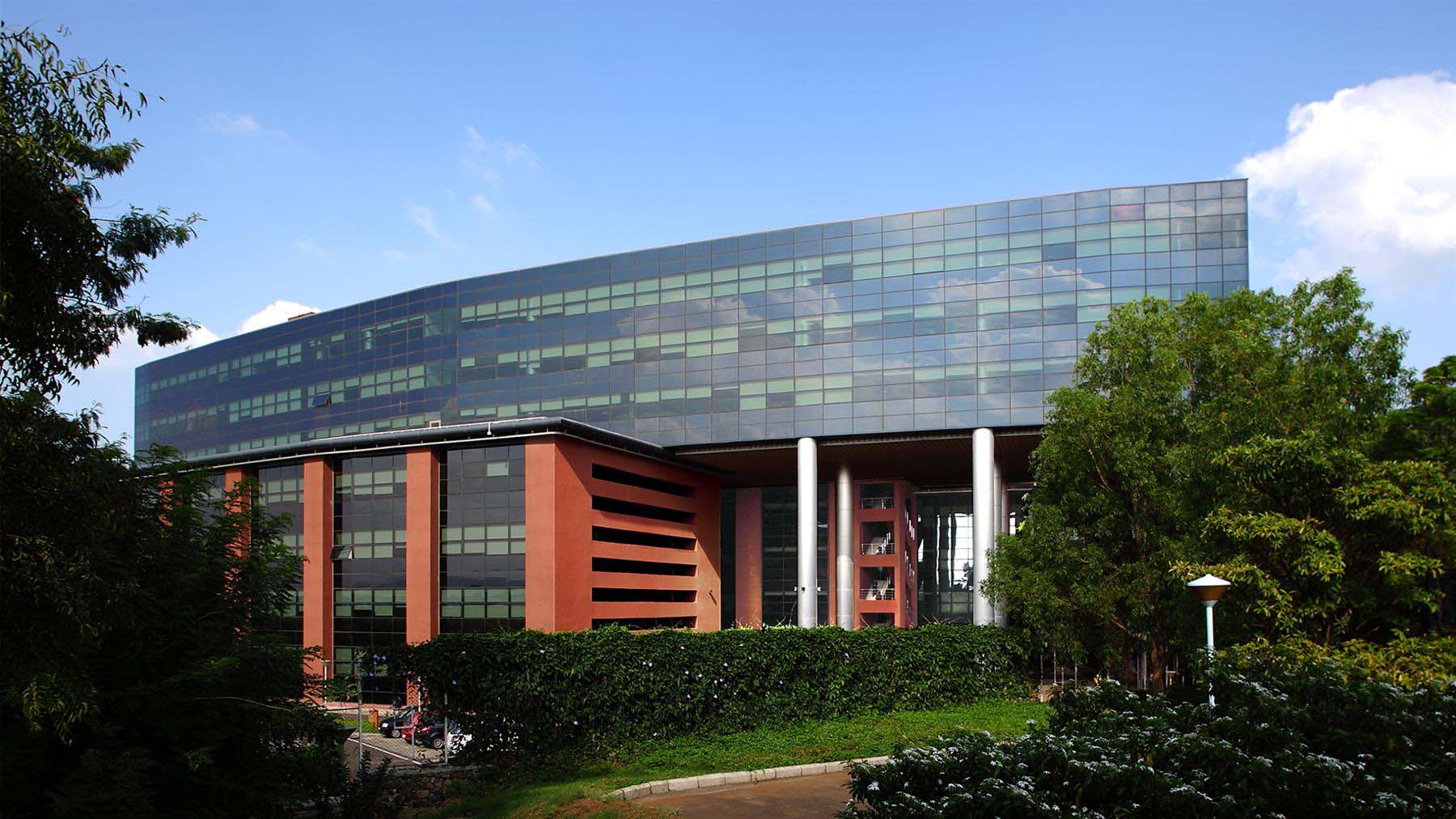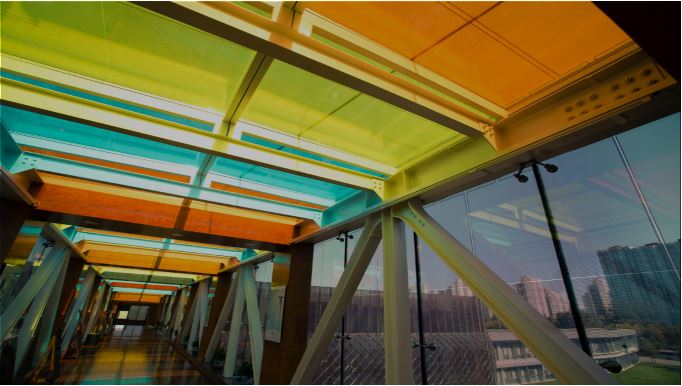Bird-Friendly Glass: Protecting Avian Lives through Architectural Design / What is Bird Friendly glass
What is Bird-friendly glass?
Bird-friendly glass, also known as bird-safe glass or bird collision deterrent glass, is a specialized type of glass designed to reduce the occurrence of bird collisions with windows and facades. Standard glass surfaces can be deceptive to birds, leading to countless bird fatalities each year. Bird-friendly glass incorporates various features, such as patterns, UV-reflective coatings, and fritted surfaces, to make the glass more visible and recognizable to birds. By implementing bird-friendly glass in architectural projects, we can help protect bird species, maintain ecological balance, comply with regulations, and promote sustainable and environmentally conscious design practices.
Bird-friendly architecture has gained significant attention in recent years as a crucial aspect of sustainable and environmentally conscious building design. One of the key elements of bird-friendly architecture is the use of bird-friendly glass, which helps prevent bird collisions and protects avian lives. In this blog, we will delve into what bird-friendly glass is, its importance, and how it can be integrated into architectural projects.
Understanding Bird-Friendly Glass:
Bird-friendly glass, also known as bird-safe glass or bird collision deterrent glass, refers to glass products designed specifically to reduce the occurrence of bird collisions with windows and facades. Standard glass surfaces, especially large expanses of transparent glass, can be deceiving to birds, who are unable to perceive glass as a solid barrier. This leads to countless bird fatalities each year due to collisions with buildings.
Bird-friendly glass incorporates various elements and techniques to make it more visible and recognizable to birds, thereby minimizing collisions. These design features aim to disrupt the transparency of glass and alert birds to the presence of a solid obstacle.
Importance of Bird-Friendly Glass:
Conservation of Bird Species: Bird collisions with buildings are a major cause of bird mortality, resulting in millions of bird deaths worldwide each year. By utilizing bird-friendly glass, we can significantly reduce these fatalities and contribute to the conservation of bird species.
Ecological Balance: Birds play a crucial role in maintaining ecological balance by pollinating plants, dispersing seeds, and controlling insect populations. The loss of bird populations due to collisions can disrupt ecosystems and have far-reaching ecological consequences.
Legal and Regulatory Compliance: In many regions, there are increasing regulations and standards related to bird-friendly architecture, particularly for commercial and public buildings. Incorporating bird-friendly glass can help architects and developers comply with these regulations and avoid potential legal issues.
Features of Bird-Friendly Glass:
Patterned Glass: Bird-friendly glass often features patterns, such as dots, lines, or grids, that are visible to birds but still allow human occupants to see through the glass. These patterns break up the reflection and transparency of the glass, making it more apparent to birds.
UV-reflective Coatings: Some bird-friendly glass products are coated with ultraviolet-reflective patterns or films. Birds have a superior ability to perceive ultraviolet light, so these coatings create a visual signal that helps birds recognize the presence of glass and avoid collisions.
Fritted Glass: Fritted glass is created by applying a ceramic frit pattern to the glass surface. The frit pattern can be customized to create a range of designs, from subtle to more pronounced, providing visibility cues for birds while maintaining aesthetic appeal.
External Markings: External elements like window decals, window films, or external screens with visually contrasting elements can also be used in combination with bird-friendly glass to enhance its effectiveness in preventing bird collisions.
Integrating Bird-Friendly Glass into Architectural Projects:
Collaborate with Experts: Engaging with architects, designers, and glass manufacturers experienced in bird-friendly design is crucial to ensure effective implementation of bird-friendly glass solutions. They can provide guidance on selecting appropriate glass products and integrating them seamlessly into the building design.
Site and Landscape Considerations: Consider the building's location, surroundings, and bird migration routes when determining the extent of bird-friendly glass installation. Higher-risk areas, such as proximity to green spaces or bodies of water, may require more comprehensive bird collision prevention measures.
Building Design and Placement: Architects can incorporate bird-friendly glass from the initial design stage by carefully considering the building's orientation, window sizes, and the placement of reflective surfaces to minimize potential bird collisions.
Education and Awareness: Alongside the physical implementation of bird-friendly glass, raising awareness among occupants, maintenance staff, and the general public about bird collisions and the importance of bird-friendly architecture can foster a culture of bird conservation.
Bird-friendly glass is a vital element of bird-friendly architecture, playing a crucial role in preventing bird collisions and safeguarding avian lives. By incorporating patterned glass, UV-reflective coatings, fritted glass, and external markings, architects and developers can create buildings that are both visually appealing and safe for birds. Integrating bird-friendly glass into architectural projects not only helps protect bird populations but also demonstrates a commitment to sustainable and environmentally responsible design practices. Let us embrace bird-friendly architecture as we strive to strike a harmonious balance between human development and the natural world.

You might also like
Feb 21, 2022 by TARIQ KACHWALA
Feb 21, 2022 by TARIQ KACHWALA
Feb 23, 2022 by TARIQ KACHWALA









